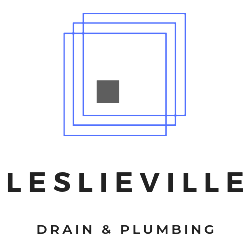The Science of Water Pressure: How to Optimize Your Home's Flow

Water pressure is a crucial aspect of your home’s plumbing system, often taken for granted until something goes wrong. Whether it’s a weak trickle from the showerhead or a slow-filling washing machine, low water pressure can be frustrating. On the other hand, excessively high water pressure can damage your plumbing fixtures. In this blog, we’ll explore the science of water pressure, its importance, and how to optimize it for your home’s needs.
Understanding Water Pressure
Water pressure is the force that pushes water through your plumbing pipes and out of your faucets and fixtures. It’s measured in pounds per square inch (psi). Proper water pressure is essential to ensure:
Adequate Flow:
– Sufficient pressure ensures that water flows smoothly from taps and showers, allowing you to use appliances and fixtures effectively.
Consistency:
– Steady pressure prevents fluctuations in water temperature and flow, enhancing your overall plumbing experience.
Appliance Efficiency:
– Appliances like washing machines and dishwashers require specific water pressure levels to function efficiently.
Common Causes of Low Water Pressure
Several factors can lead to low water pressure in your home, including:
Sediment Buildup:
– Over time, minerals and debris can accumulate in pipes, restricting the flow of water.
Corrosion:
– Old pipes can corrode and develop leaks, causing pressure loss.
Water Supply Issues:
– Municipal water supply problems, like high demand or maintenance, can affect water pressure.
Fixture Issues:
– Clogged aerators, damaged pipes, or faulty fixtures can hinder water flow.
Optimizing Water Pressure
Now that you understand the importance of water pressure, let’s explore ways to optimize it in your home:
Regular Maintenance:
– Schedule periodic plumbing inspections to identify and address issues like leaks, sediment buildup, or pipe corrosion.
Clean Faucet Aerators:
– Sediment can accumulate in faucet aerators and showerheads, reducing flow. Remove and clean them regularly to restore proper water pressure.
Pressure-Reducing Valve (PRV):
– If your home experiences excessively high water pressure, consider installing a PRV to reduce it to safe levels, protecting your plumbing fixtures from damage.
Check for Leaks:
– Leaks in your plumbing system can drastically affect water pressure. Inspect for and repair leaks promptly.
Replace Old Pipes:
– If you have old, corroded pipes that are beyond repair, consider replacing them to improve water flow and pressure.
Upgrade Fixtures:
– Invest in low-flow fixtures and appliances that are designed to maintain water pressure while conserving water.
Consult a Professional:
– If you’re unsure about the cause of your water pressure issues or need assistance with plumbing upgrades, consult a professional plumber.
